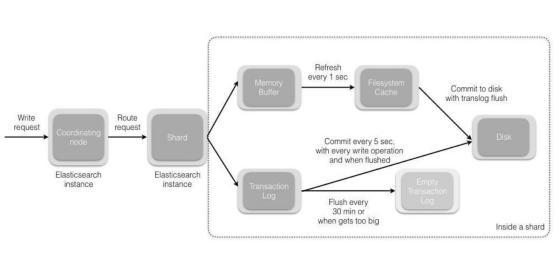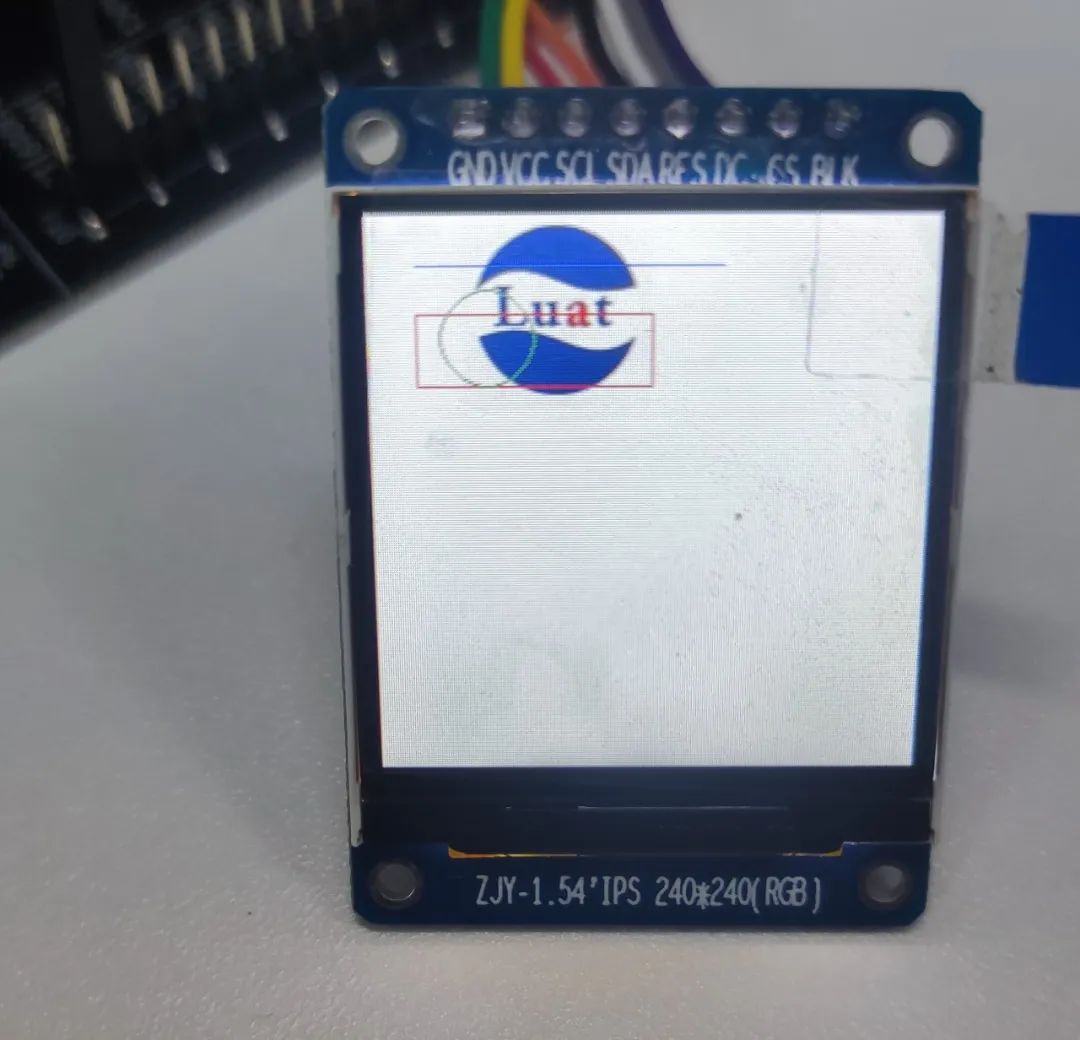在对pyverilog源码进行单步调试时,遇到一个很奇怪的现象,被装饰器装饰的方法t_LINECOMMENT没有主动调用,但装饰器TOKEN中的内嵌函数set_regex却被调用了。
## lexer.py
from ply.lex import *
class VerilogLexer(object):
linecomment = r"""//.*?\n"""
@TOKEN(linecomment)
def t_LINECOMMENT(self, t):
t.lexer.lineno += t.value.count("\n")
pass## lex.py
def _get_regex(func):
return getattr(func, 'regex', func.__doc__)
def TOKEN(r):
def set_regex(f):
if hasattr(r, '__call__'):
f.regex = _get_regex(r)
else:
f.regex = r
return f
return set_regex原因就在于装饰器TOKEN是带参数的。先执行TOKEN(linecomment)函数调用,返回set_regex对象,@TOKEN(linecomment)就变成@set_regex,这是一个新的装饰器,装饰t_LINECOMMENT,接着执行set_regex(t_LINECOMMENT),返回f对象,这里f对象就是t_LINECOMMENT,不是新创建的对象。这样就偷偷执行了set_regex方法。
@TOKEN(linecomment)
def t_LINECOMMENT(self, t):pass
## 上面的代码等价于下面的代码
def t_LINECOMMENT(self, t):pass
t_LINECOMMENT = TOKEN(linecomment)(t_LINECOMMENT)这种装饰器的用法可用于为函数增加属性:
PEP 318 – Decorators for Functions and Methods | peps.python.org
Examples




















